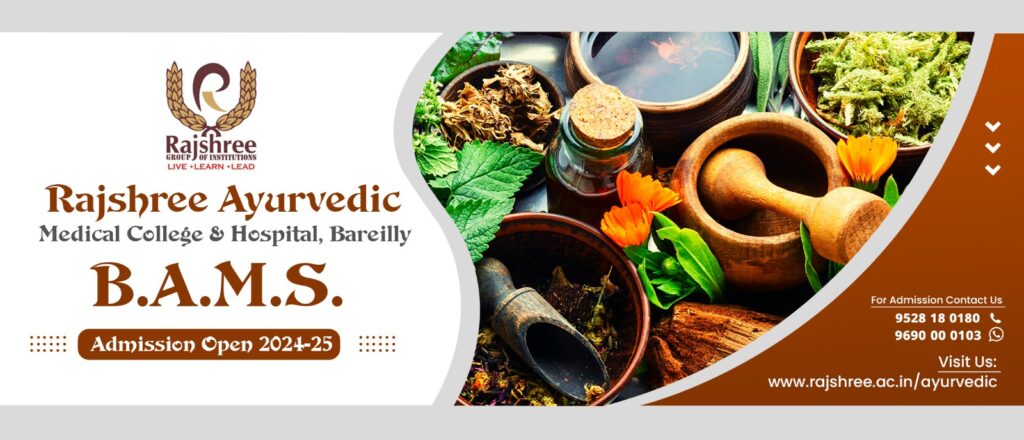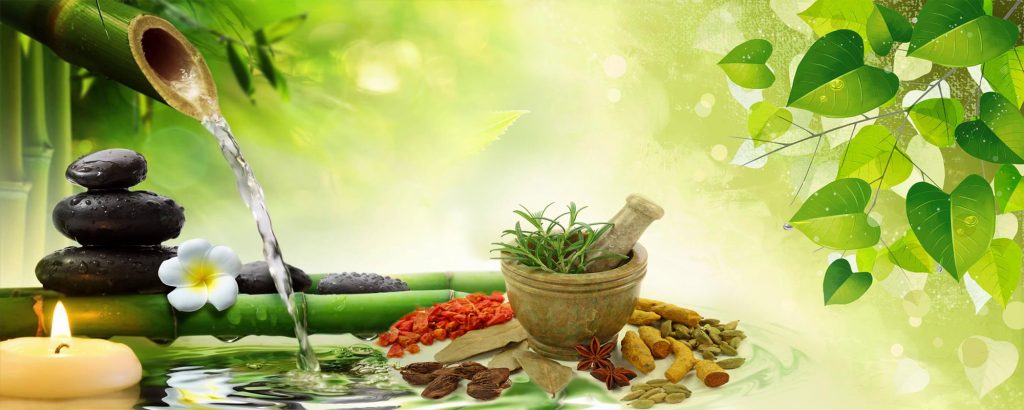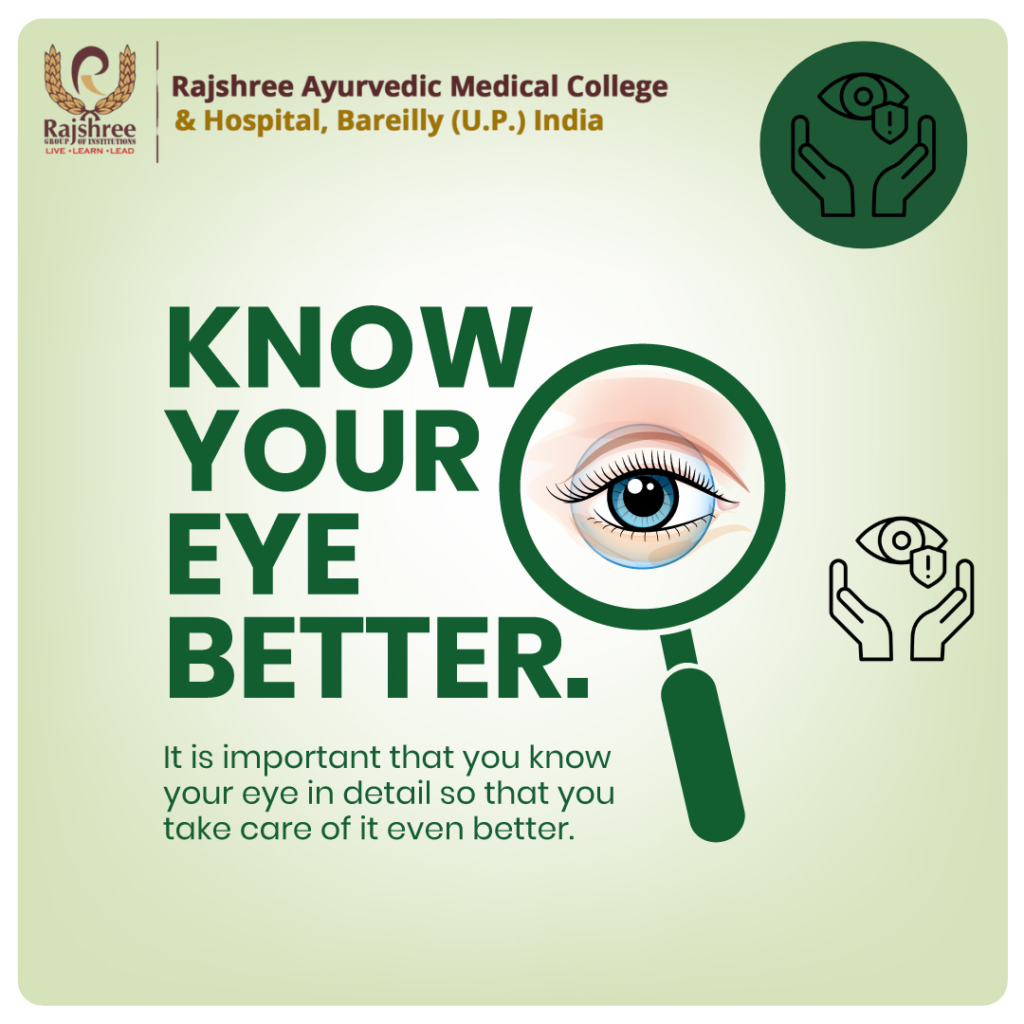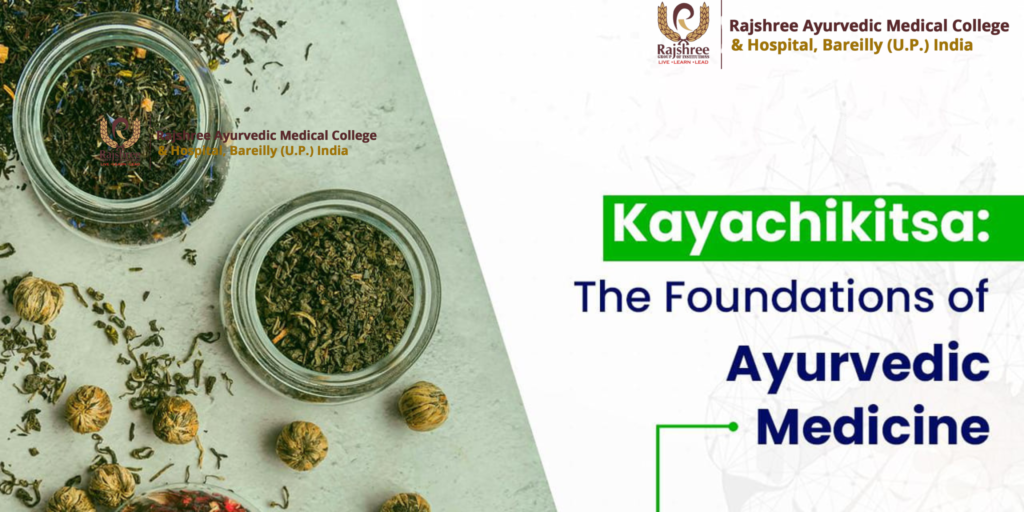Ayurveda for Contemporary Living: Incorporating Panchakarma into Your Everyday Routine Find Out More
You may have heard of Ayurveda, but what exactly is it? Ayurveda is a 5,000-year-old comprehensive approach to well-being that has its roots in the ancient Bharata. However, it’s not limited to yogis or those who reside in isolated communities. With its ability to help us achieve balance in our busy lives, manage stress, and enhance our health, Ayurveda is a game-changer for modern living.
The history of Ayurveda
Let’s examine what Ayurveda means. Ayur means “life span,” and Veda means “knowledge or science,” i.e., the understanding of how to lengthen a person’s life in a method that is supported by science. Its origins can be found in the era of India’s thriving vedic culture. Before the information was recorded in old manuscripts like the Sushruta Samhita and Charaka Samhita, it was transmitted orally. These books offer thorough instructions on how to stay healthy and treat illnesses naturally.
The fundamentals of Ayurveda
Ayurveda is fundamentally a science of equilibrium. It centres on the individual’s equilibrium with their surroundings and the body’s equilibrium with mind and soul. This is accomplished by having a thorough understanding of the Vata, Pitta, and Kapha doshas. Every individual possesses a distinct constitution, known as Prakriti, which is a particular amalgamation of these doshas. Tailoring Ayurvedic practices to your requirements requires an understanding of your Prakriti.

Comprehending Panchakarma:
Panchakarma is the fundamental component of all ayurvedic treatments, if Ayurveda is the science. It is a crucial component of the Ayurvedic therapy regimen, which aims to rid the body of toxins and bring equilibrium back. Consider it an extended form of deep detoxification, similar to a juice cleanse.
What is Panchakarma?:
Panchakarma translates to “five actions” or “five treatments.” It involves a series of therapeutic measures that cleanse the body’s tissues deeply, remove toxins, and restore harmony to the doshas. This practice aims to purify the body, strengthen the immune system, and promote overall well-being. This process is highly personalized and should be performed under the guidance of a qualified Ayurvedic practitioner. At Rajshree Ayurvedic Medical College & Hospital, Bareilly (U.P.) India which is the Top Ayurvedic College in UP, has an expert team of Ayurvedic Practitioners.
Contemporary Facilities Using Conventional Methods:
The hospital is equipped with state-of-the-art facilities that complement the traditional Panchakarma techniques. This integration of modern infrastructure with ancient practices enhances the overall efficacy of the treatments.
Typical Myths Regarding Panchakarma:
Let’s dispel a few myths that may be preventing you from doing Panchakarma.
Panchakarma Is Limited to the Ill:
Not only does panchakarma help the sick, but it also benefits healthy people. It is a preventive action that can support preserving wellbeing and health.
It’s challenging to practise panchakarma every day:
Despite its seeming difficulty, incorporating Panchakarma into contemporary living is achievable with little, regular adjustments.












